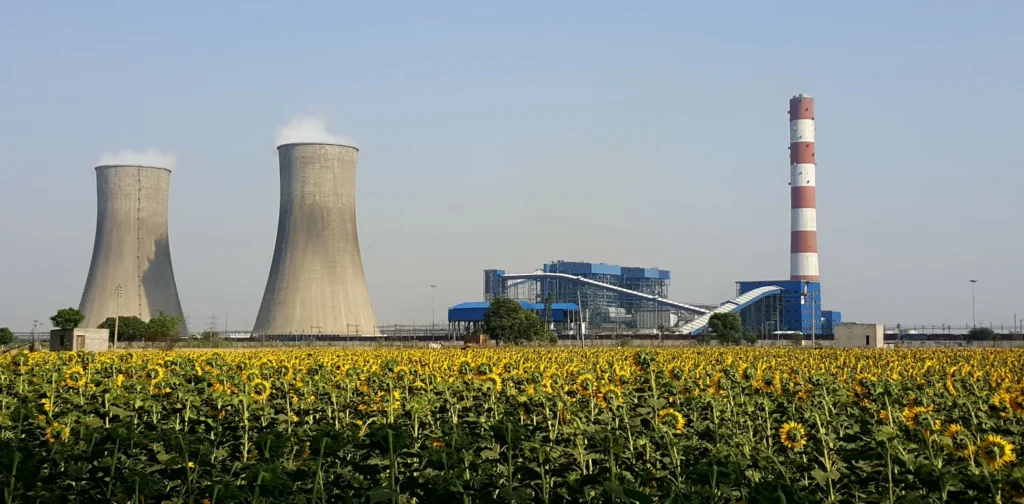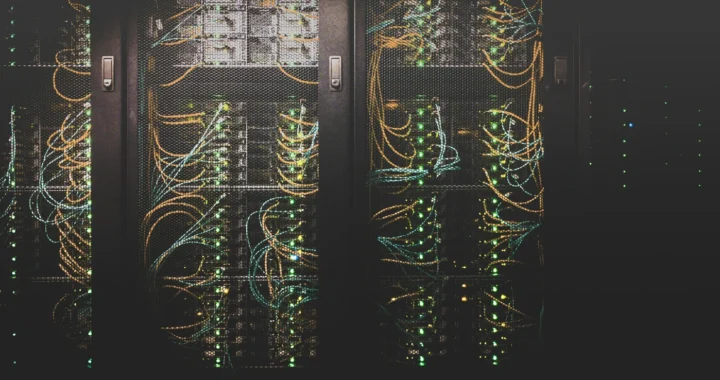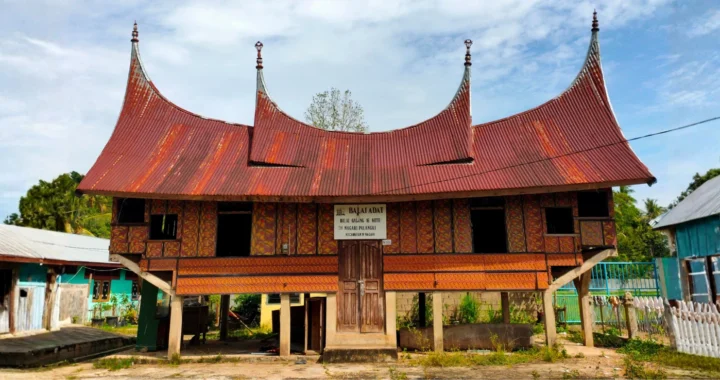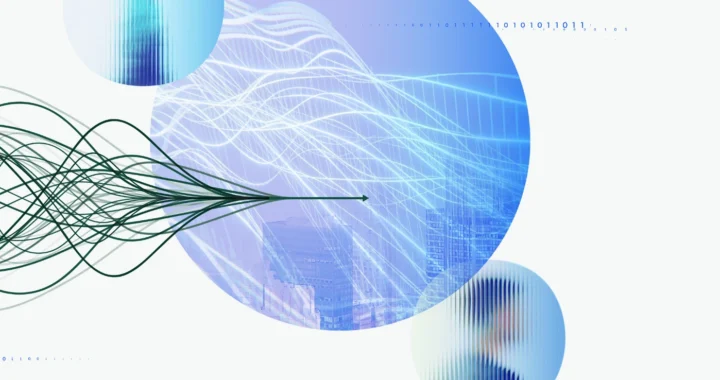Going Backward: India’s Sulfur Dioxide Emission Policy Against Clean Air

Photo: Wikimedia Commons.
Pollution is one part of the triple planetary crisis plaguing the Earth, and the situation has yet to improve. These days, breathing clean air is a luxury when it should be a human right. One of the major air pollutants is sulfur dioxide (SO2), and India has significantly relaxed its SO2 emission policy as of July 11, 2025.
Sulfur Dioxide and Its Impacts
Sulfur dioxide emission is a public health concern. Even short-term exposure causes respiratory issues and irritates the skin and the eyes. In the atmosphere, SO2 reacts with other compounds and converts to particular matter (PM) pollution, which can go deep into our lungs, affect lung functions, and worsen cardiovascular diseases.
Furthermore, sulfur dioxide also affects biodiversity and ecosystems. For similar reasons as for human health, SO2 is dangerous for animal health. At high concentration, the pollutant is also a threat to plant life as it can damage trees and foliages as well as stunt their growth. Worse, sulfur dioxide may also result in acid rain that harms ecosystems.
In nature, sulfur dioxide (SO2) comes from volcanic activity. In this context, mitigating the risk of SO2 exposure is part of disaster management. Nowadays, though, the primary source of this colorless, pungent gas is the burning of fossil fuels.
India’s SO2 Emission Policy
India is the biggest sulfur dioxide polluter in the world. In 2015, the government of India mandated all thermal power plants to reduce their SO2 emissions within two years. This would be done mainly by installing flue gas desulphurisation (FGD) units which would remove sulfur dioxide from the gas waste.
However, this policy was met with pushback from power companies and the ministry, resulting in multiple extensions. Even then, 92% of the country’s coal-fired power plants have not installed FGD units.
In July 2025, the government seems to be taking even more steps back. The updated SO2 emission policy exempts over 400 coal-fired power plants from the obligation as long as they meet the stack height criteria. Only 65 units out of the original ~600 power plants must install FGD units, with another deadline extension to December 2027.
Moreover, India’s coal industry is not slowing down. In 2024 alone, the country had 38.4 GW of new coal power proposals—the second highest only to China. Additionally, India has plans to build more than 90 GW of new coal capacity by 2032.
Backward Progress
The government of India seems to have been manufacturing this outcome for a while. The government justifies its new emission policy by citing “scientific evidence” of India’s ambient sulfur pollution, insignificant SO2 concentration, and others. The Centre for Research on Energy and Clean Air (CREA) warned of this disinformation tactic.
“The estimated 5% sulfate contribution, derived from data in 18 non-attainment cities, may not fully represent the national air quality scenario. Limitations such as the short three-month sampling period and exclusion of rural areas suggest the need for broader, year-round assessments to inform effective policy,” said Dr Manoj Kumar, analyst at CREA.
On the other hand, research estimates that full implementation of FGDs could reduce the country’s PM2.5 pollution by 8%. In areas near coal-fired power plants, the PM2.5 pollution would be down by 7–28%, and 48,000 premature deaths could be avoided. This would have been a significant move toward fulfilling the citizens of India’s right to clean air instead of the backward progress the new SO2 emission policy has made.

Join Green Network Asia Membership
If you find this content useful, support Green Network Asia’s movement to create positive impact for people and the planet through public education and multi-stakeholder advocacy on sustainability-related issues and sustainable development. Get exclusive benefits for personal and professional development as well as for organizational capacity development.
Become a Member Now

 An Interview with Eu Chin Fen, CEO of Frasers Hospitality
An Interview with Eu Chin Fen, CEO of Frasers Hospitality  The UK Government’s Funding Package Plan to Tackle Youth Unemployment
The UK Government’s Funding Package Plan to Tackle Youth Unemployment  Understanding the Dark Side of Artificial Intelligence
Understanding the Dark Side of Artificial Intelligence  Attempting Data Center Circularity Through Waste Heat Recovery
Attempting Data Center Circularity Through Waste Heat Recovery  Indigenous Knowledge and Art as Integral Instruments for Disaster Risk Reduction
Indigenous Knowledge and Art as Integral Instruments for Disaster Risk Reduction  Strengthening Societal Resilience in the Age of Disruptions
Strengthening Societal Resilience in the Age of Disruptions